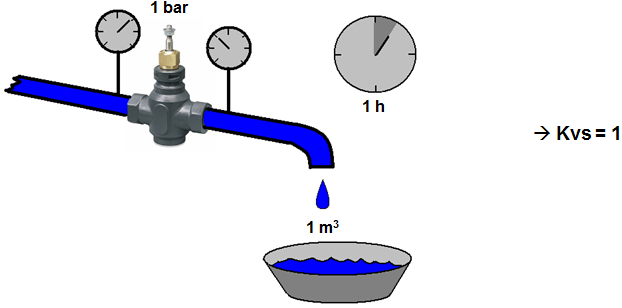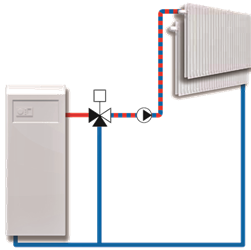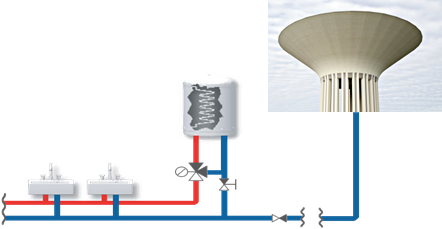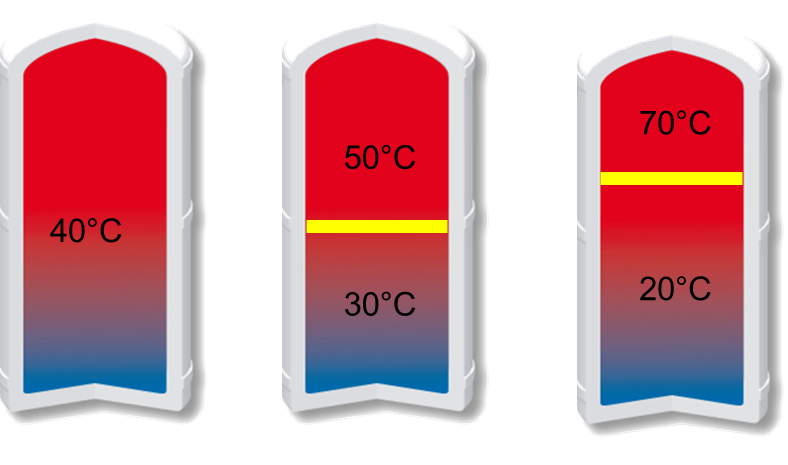FAQ GENERAL ONES
Below we have answered frequently asked questions from our customers. If you do not find your answers here please contact your closest wholesaler or ESBE Sales company in your country.
How do I contact Customer service?
You can find contact information in the Contact section.
If you loose your user instruction, where can you get a new one?
On this web site you can find the user instruction under the specific product page and the folder "Download Area".
Where do you find technical documentations about the products?
On this web site you can find the product documentations under the specific product page. Additional you can also found information in the ESBE program, ESBE Hydronic Selection (downloadable from this site) there you can find documentations under "Search function". Fill in the articlenumber, name etc and you will get required information.
Do you have this item in stock?
The most common standard items are in stock for instant delivery. Other products may have a slightly longer delivery time depending on volume and model.
What is the price of this article?
Contact your local dealer for pricing and delivery information.
Do you sell directly to the installer?
ESBE do not sell directly to the installers. Instead we sell our products via wholesalers/distributors.
Please contact customer service to find a distributor near your location.
Which valve should I choose?
It is depending on the type of application to install it in. In the Applications section, you can find installation examples of the most common systems and get help choosing the right valve.
What is a Kvs value?
Kvs is a measure of a valve’s flow capacity, calculated as follows
Add 1 bar differential pressure over a valve and leave it running for 1 hour
The accumulated flow through the valve in m3 = the kvs value
Cv is the american unit and represent the flow in U.S. gallons / minute at a pressure drop of 1 psi. For conversion from Kv to Cv use the factor 1.16 ( 1.16 * Kv = Cv).

What is progressive characteristic, and what does it mean for me and my installation?
Progressive characteristic means in practice smooth opening of the valve. This characteristic gives an advantage compared to standard valves available on the market in applications where we need to mix water to low temperatures (e.g. underfloor heating applications working with gas boilers). Progressive characteristic will give a much better control and performance of the mixed temperature, which mean energy efficiency and in the end comfort.
What is QuickFIT?
Quick-Fit is a quick connection, develop by ESBE, between valve and actuator. No tools are needed, simply just pull the actuator to disassemble or push to assemble ESBEs actuator on ESBEs valve.
What does HVAC stand for?
Heating, Ventilation, Air Conditioning
What is the difference between sanitary vs heating water?
The heating and sanitary water should never be mixed, but always kept in separate circuits!
Typical features of heating systems
Closed system
The same water is circulated
Pressure is created by a circulation pump
Possible to use iron valves due to limited oxygen supply
Typical features of sanitary systems (Domestic hot water)
Open system
Water is continuously added
Pressure is created by a water tower
Brass valves required due to oxygen influx along with added fresh water
Heating system


How can the benefits of a storage tank be maximized?
Concept:
If water is carefully added and withdrawn from a storage tank, the laws of gravity will keep the hot water in the top of the tank, and the cold water in the bottom of the tank.
Benefits:
The heat energy in the tank is concentrated in the top of the tank, ready for use. It is much more useful to have a smaller quantity of hot water than a large quantity of warm water which does not have enough temperature for a shower or bath.
An example to illustrate the benefits of achieving good stratification, three tanks with the same energy contents, but split differently.
Tank to the left
No stratification achieved, 40°C in the entire tank:
Not hot enough for tap proper domestic hot water comfort (the temperature will drop a little during transport in the pipes, making it barely body-warm when reaching a shower etc).
Not legionella safe.
Not hot enough to be used for regular radiator heating.
Tank in the middle
Some stratification achieved, 50°C in the top of the tank and 30°C in the bottom:
Hot enough for domestic hot water comfort.
Not legionella safe.
Possible to use for some radiator circuits, but not all.
Tank to the right
Good stratification, 70°C in the top of the tank and 20°C in the bottom:
Hot enough for domestic hot water comfort
Legionella safe

What spare parts are available?
On this web site you can find the Spare parts documentation under the specific product page and the folder "Download Area".
What kind of pipe thread connection can be used with Rp internal thread ?
You shall use pipes with R conical male thread according EN10226-1.
Can a valve with G external thread be connected with a valve with Rp Internal thread?
Under some circumstances can it work but ESBE does not recommend this combination because it will not work when tolerances are on maximum limit.
G male thread are made according to standard ISO 228/1 for non tight connections
Rp internal thread are made according to standard EN 10226-1 for tight connections.















